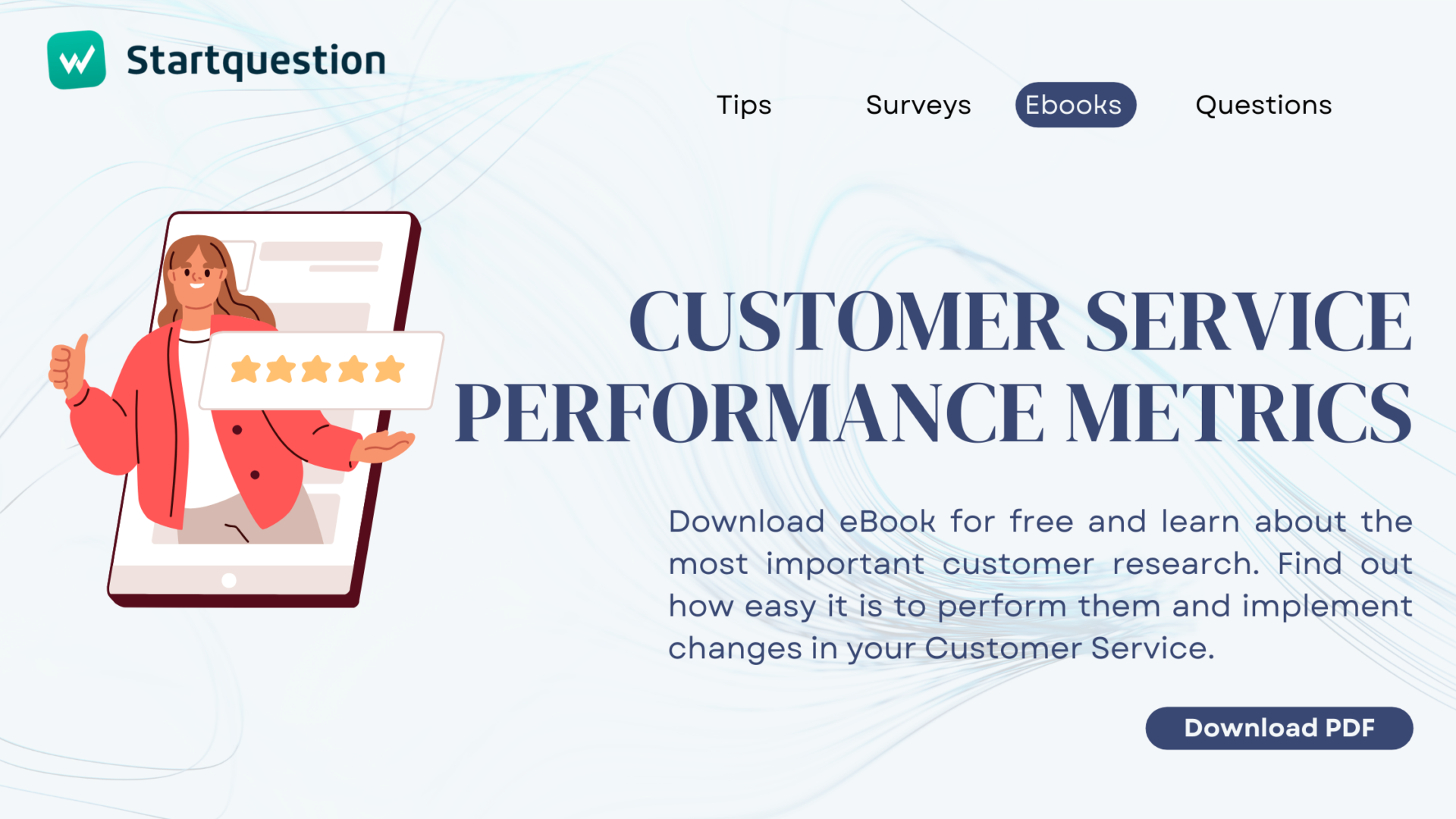The awareness of how important and necessary it is to ask customers for their opinion – primarily with the use of online surveys – is already considerable. Why choose an online survey? We have convinced you about this many times, including listing surveys as one of the basic tools that will help you develop your business.
However, the knowledge that it is worth conducting surveys is not often (unfortunately) associated with what it should look like. In this article, we will show you how NOT to conduct surveys and why long and annual surveys are a thing of the past that you shouldn’t go back to.
Long survey is a loss at the start
Questionnaires with dozens of (often open!) questions not only irritate the customer. They also have an impact on the entire business. Why? Let’s clarify that:
- You will not collect feedback from a satisfactory group of customers – perhaps the respondent will open the questionnaire, but the number of completed surveys when they are long is disastrously low. Research also shows that the longer the survey, the greater the chance of hasty, sloppy responses. All this leads to one thing – the information you get from such surveys may not be credible.
- You don’t listen to your customer often enough. Annual or even semi-annual surveys are really a thing of the past. Your business is growing fast – you introduce new products, prepare marketing strategies, etc. So you have to give the user/customer a chance to comment on them. And it would be best to do that every time. Interaction with the customer in most cases only makes sense if it is carried out on an ongoing basis. Don’t let competition that has adapted to a rapidly changing market leave you in the dust…
Create perfect survey and achieve high response rate
Collect feedback via weblink, social media, email, and more thanks to Startquestion tool
No credit card required · Cancel any time · GDRP Compilant
Solution: micro surveys – short and thoughtful satisfaction surveys
What exactly is a micro questionnaire? It’s just a kind of a short survey with two parts. The first one contains a well-thought-out specific standardization question. Often such a question can involve the Net Promoter Score, itself providing loads of useful information on the level of customer satisfaction. The second part of the micro-questionnaire is where respondents can answer open-ended or more detailed questions. This will be feedback clarifying their previous opinion.
Here is an example of what a micro-survey might look like:

Importantly, micro-questionnaires can be sent to respondents via email, webhook or even a text message. The survey may also be available on your website as a widget.
It seems impossible to you that thanks to such a short survey you will receive all the necessary information? It may seem so. Below you will find reasons why you should replace long and complicated questionnaires with Net promoter Score micro-surveys or other customer satisfaction surveys:
- the short questionnaire corresponds to the requirements and capabilities of the respondent: it does not take much time, it is clear and easy to complete. You can also have access to it virtually anywhere (smartphone, tablet, computer),
- it will bring the company 3 basic benefits: real-time information (without delays, as in the case of annual surveys), high response rate, i.e. a large number of completed surveys (fully filled in) and a better access to customer satisfaction (thanks to the use of methods already proven and having ready results analysis schemes – e.g. NPS).
Long surveys – there is a time and space for them
Of course, it is not that extensive research is completely forgotten. There is a suitable time and place for them. When can you go ahead and decide on more extensive surveys, full of open-ended questions and requiring the respondent to devote more time and attention? Here are the two most common situations:
- annual satisfaction surveys. By regularly asking customers for their feedback with the help of micro-questionnaires, you have things under control – you follow the reactions to changes, check their opinions, but every now and then there is a moment for a summary – then you can send more detailed and complex forms to your customers. Keep in mind, however, that you should warn them at the beginning that the survey will take them longer than usual and that this is an exceptional situation. In addition, it is worth making the questionnaire as personalized as possible (after all, you already have a handful of information about customers collected in short surveys). Even though the response rate for this survey may be low, it is certain that you will get the opinion of the most engaged customers.
- Customer interviews. Your team may conduct focus studies or interviews to get more refined or deeper feedback. The interview will help to understand the problem that was signalled by many customers in the NPS research, for example. You can conduct in-depth conversations with one of the groups selected on the basis of Net Promoter Score studies, e.g. with the critics themselves or brand promoters.
Use ready-made survey templates for your research
How to achieve higher response rate?
One of the most frequently committed mistakes is extensively long questionnaires while creating the survey which, unfortunately, may disqualify even a substantively well-prepared study from the very beginning. Why is that? Because we all care about time. We live fast – so the less time something takes, the better. Someone will find that the survey is too long and will not want to spend 10 minutes of their life going through its content. What can be a cure for this (if you can’t really cut back on content anymore)? First of all: the division into pages so that it is more legible. Secondly: letting respondents know at the beginning that the survey will take, for example, a maximum of 7 minutes. The respondent will not be annoyed because they have been notified in advance of the time needed to complete the survey.
You will create a good short questionnaire based on ready-made templates. Start your free trial and test the possibilities of creating the perfect questionnaires!




